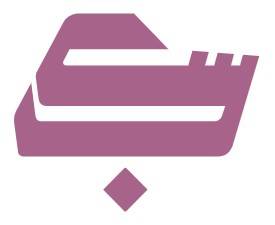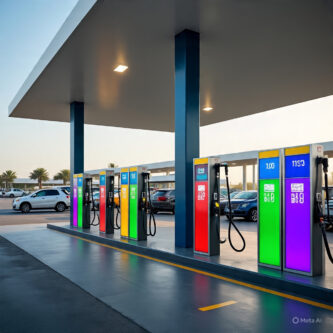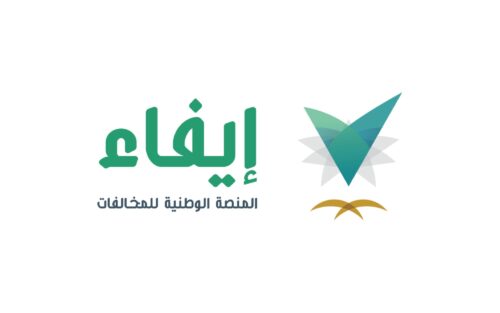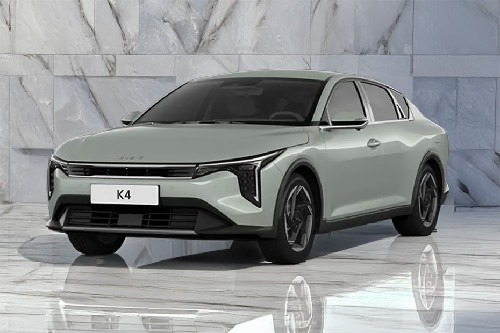Safety, Efficiency, and Quality at Saudi Gas Stations: What You Need to Know

Saudi Arabia : The role of fuel stations and service centres is at the centre of Saudi Arabia’s transportation infrastructure. The government aims to maintain fuel stations across the country with standards of public safety, operational efficiency, and service quality. These regulations ensure compliance with a comprehensive set of guidelines grounded in environmental, technical, and regulatory requirements that perfectly align with local and international standards.
KEY TAKEAWAYS
How does Saudi Arabia ensure safety and quality at fuel stations?
Through strict regulations, safety standards, and service requirements.What are the main categories of gas stations in Saudi Arabia?
Categories A, B, C, and D are based on location and services provided.Categories of Gas Stations
There are largely four types of gas stations in Saudi Arabia, based on location and services.
- Category A: largely situated outside urban areas on regional roads. These stations provide fuel along with selected basic and optional services. They further the categories A1 on main and secondary regional roads, and A2 on secondary regional roads.
- Category B: Primarily within the city, and provides fuel and some basic and optional services.
- Category C: Relatively smaller-sized stations comprising fuel tanks and pumps within a metal frame to serve limited services.
- Category D: These are mobile fuel stations mounted on trucks, and the goal of such a station is to serve temporary fuel needs or cater to remote areas.
Location
There are clear guidelines laid out for selecting a location for a fuel station.
- It is necessary to maintain a minimum 30-meter distance between fuel tanks and commercial or administrative buildings. At 60 meters for sensitive buildings such as schools and hospitals.
- Minimum 150 meters between fuel tanks and public water tanks, and 75 meters from water wells.

- Urban stations (Category B) must be located on streets at least 30 meters wide, with proper safety from intersections. Non-urban stations (Category A) need a minimum spacing of 20 km between similar stations.
According to the guidelines, all the Entry and exit points to the stations are regulated for accessibility and safety, which also means proper lighting and distance from intersections.
Design and Specification Norms
- Architectural uniformity and safe pedestrian pathways with surrounding greenery for safety and aesthetics.
- The service buildings should be separate from commercial services from maintenance workshops. It should use fire-resistant construction materials according to Saudi codes.
- All the floors and walls must be built by heavy-duty materials with proper slopes for fluent drainage, preventing hazards.
Services and Facilities
- Category A stations should have mosques (up to 300 m²), car maintenance, wash services, and food stores.
- Category B stations must provide small prayer rooms (about 20 m²) and a vehicle services area.
- Facilities like restaurants, cafes, and gift shops soften the travel experience for customers.
Safety
- To keep them safe and hazard-free, the electrical systems should have explosion-proof equipment, have emergency shut-off switches, and safe electrical rooms with warning signage to prevent accidents.
- Mechanical systems such as ventilation and air conditioning must be designed according to Saudi standards to ensure safety and comfort.
Access
Each fuel station should ensure easy parking closer to the entrances and health facilities suitable for people with disabilities, ensuring equitable access for all customers.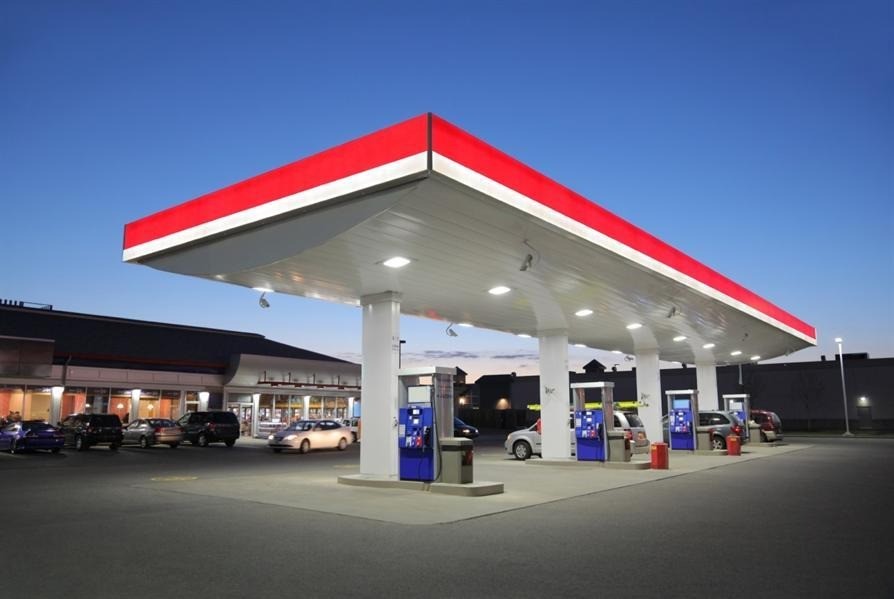
Regulatory Oversight and Compliance
The Saudi Permanent Executive Committee for Fuel Stations and Service Centres recently strengthened regulations for station management, operations, and maintenance. The major important features allow only qualified facilities to operate fuel stations, strictly follow minimum distances between stations within and outside city limits, and extremely stringent rules for pumps, tanks, cleanliness, and product quality.
All operational fuel stations need to have a 12-month corrective period to comply with these updated requirements, except for location and site-related rules.
Collaboration Among Authorities
Implementation includes coordination among various ministries, including Energy, Commerce, Municipal and Rural Affairs, Interior (Civil Defence), Environment, and others, enabling the comprehensive approach Saudi Arabia adopts to ensure the fuel station sector’s safety, quality, and modernisation, which serves the government Vision 2030 goals.
Summary
The focus of Saudi Arabia’s detailed and strict requirements for gas stations underlines major goals like public safety, environmental protection, and customer service excellence. The categorisation of stations as per location and service level, coupled with stringent safety, architectural, and operational standards, led to fuel stations across the Kingdom operating efficiently and safely. The universal access and ongoing regulatory rules assure a customer-friendly and secure fueling environment in line with global best practices.
Automotive News and Reviews
- Latest
- Popular
You might also be interested in
- News
- Featured Stories
Featured Car
- Latest
- Upcoming
- Popular
Latest Car Videos on SayaraBay


